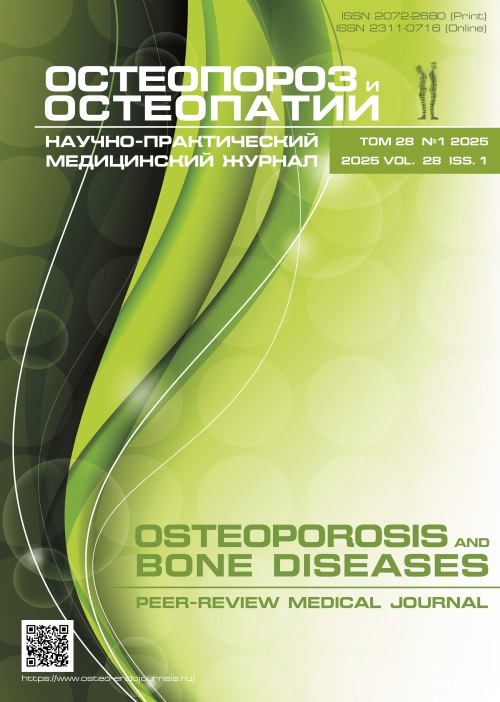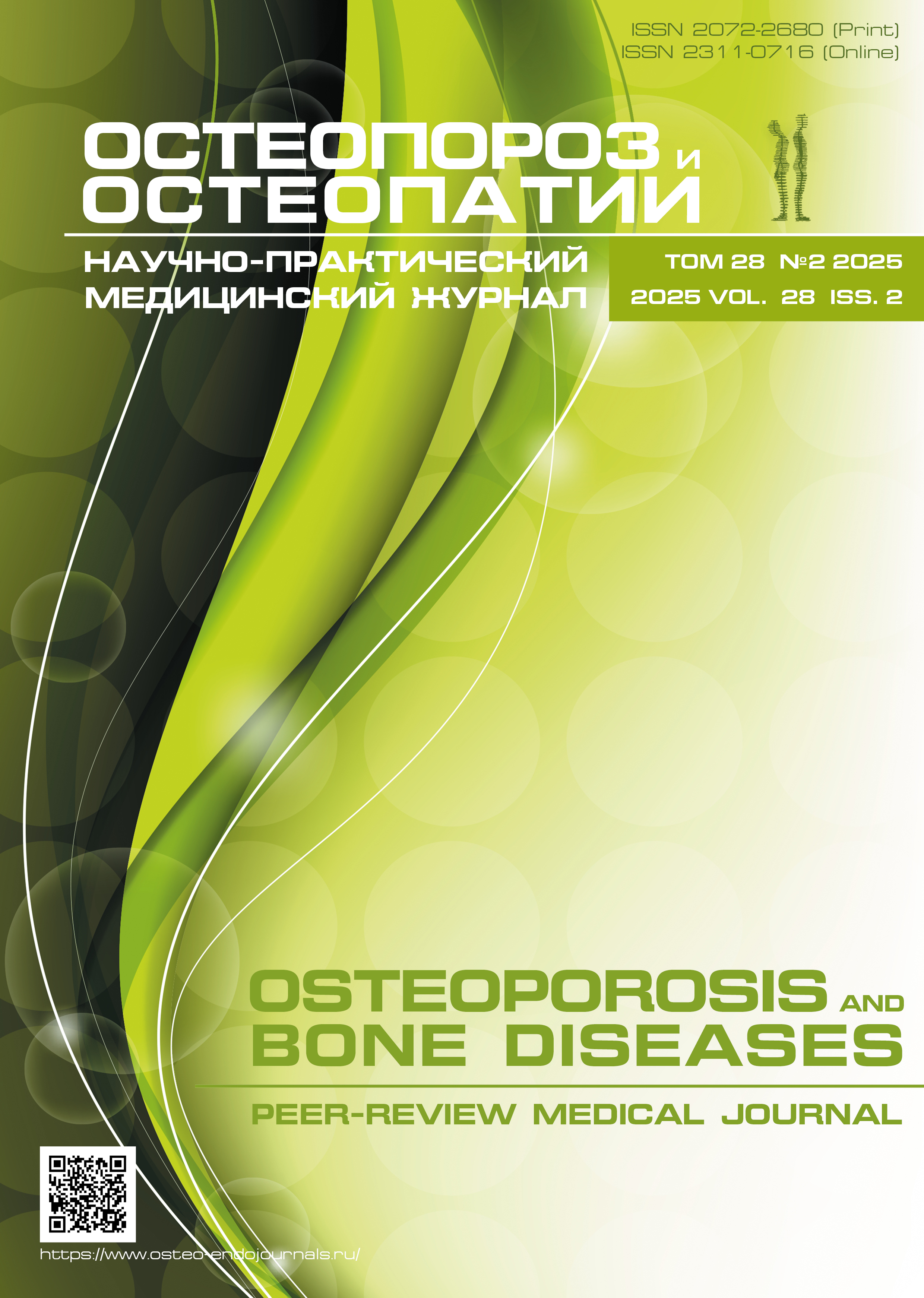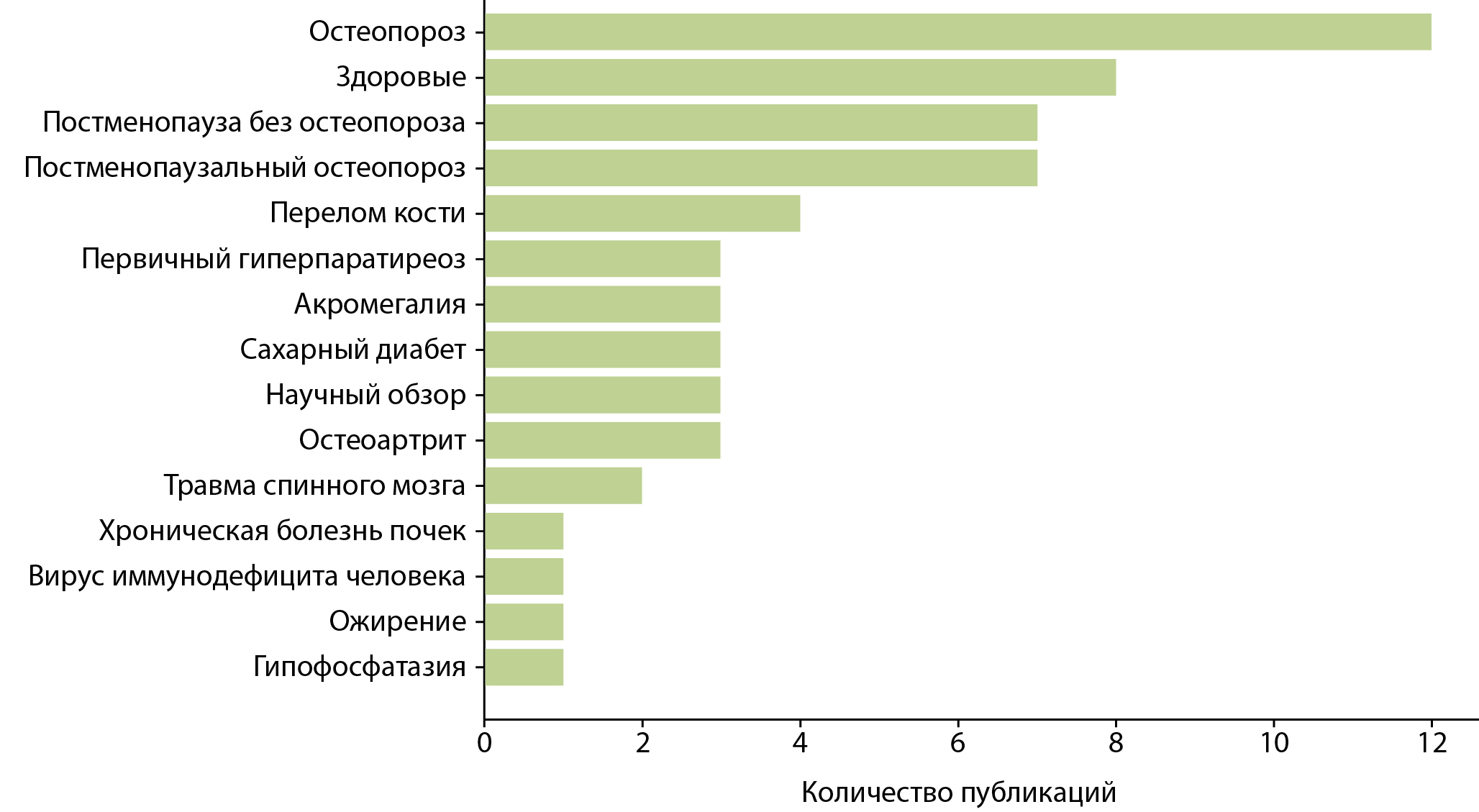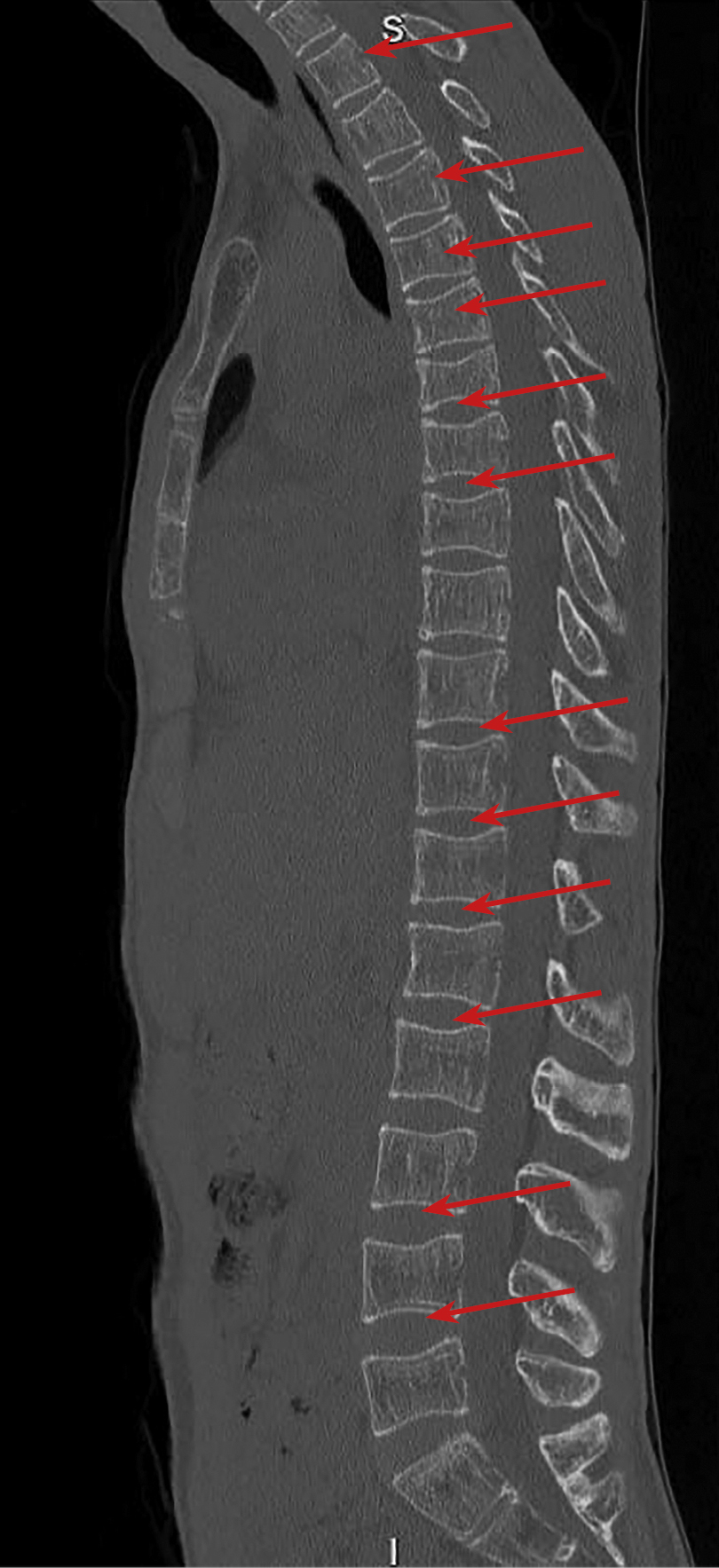
About
Since 1998 the “Osteoporosis and Bone Diseases” (also issues with transliterated titles “Osteoporoz i osteopatii” and "Osteoporosis and Osteopathy") journal has been publishing timely articles, balancing both clinical and experimental research, case reports, reviews and lectures on pressing problems of bone disorders and mineral metabolism.
The Journal pays special attention to the most relevant issues of bone tissue mineral metabolism disturbances, its etiology, pathogenesis, clinical findings and pharmacotherapy.
The Journal:
- features original national and foreign research articles, reflecting world endocrinology end reumatology development;
- issues thematic editions on specific areas;
- publishes chronicle of major international congress sessions and workshops on osteoporosis and osteopathies, as well as state-of-the-art guidelines;
- is intended for scientists, endocrinologists, rheumatologists, traumatologists, gerontologists and specialists of allied trade, general practitioners and family physicians.
Editor-in-Chief
Liudmila Ya. Rozhinskaya, MD, PhD, Professor (ORCID: 0000-0001-7041-0732)
Indexation
The journal is is currently indexed in Russian Science Citation Index (RSCI) by “Electronic Scientific Library” foundation (elibrary.ru), DOAJ, Google Scholar, Socionet, Ulrich's Periodicals Directory, WorldCat.
Access to the content
All accepted articles in Osteoporosis and Bone Diseases journal are published in Gold Open Access (in accordance with Budapest Open Access Initiative) format with Free Full-text access to all articles via several websites (osteo.endojournals.ru, www.elibrary.ru, www.cyberleninka.ru) and mobile applications for iOS® (available in AppStore). All accepted articles publish with the Creative Commons International license (CC BY-NC-ND 4.0) for more freely distribution and usage worlwide.
The journal is open for English and Russian language manuscripts. All English language manuscripts are published in bilingual format (with help of Russian association of endocrinologists and the Russian association for osteoporosis the editorial team makes translations for all accepted english-language articles). So, the journal provide an additional readers auditory for published articles.
Current issue

CLINICAL GUIDELINES
REVIEWS
CASE REPORTS
SHORT REPORTS
CONSENSUS
Announcements
2021-02-25
"Остеопороз и остеопатии" рекомендован ВАК
Сообщаем, что с 23.12.2020 г журнал «Остеопороз и остеопатии» после пятилетнего перерыва вновь рекомендован ВАК: включен в перечень рецензируемых научных изданий, в которых должны быть опубликованы основные научные результаты кандидатских и докторских диссертаций по 5 научным специальностям и соответствующих им отраслям науки:
Эндокринология (14.01.02), Ревматология (14.01.22), Травматология и ортопедия (14.01.15),
Физиология (03.03.01), Клеточная биология, цитология, гистология (03.03.04).
| More Announcements... |

This work is licensed under a Creative Commons Attribution-NonCommercial-NoDerivatives 4.0 International License (CC BY-NC-ND 4.0).







































